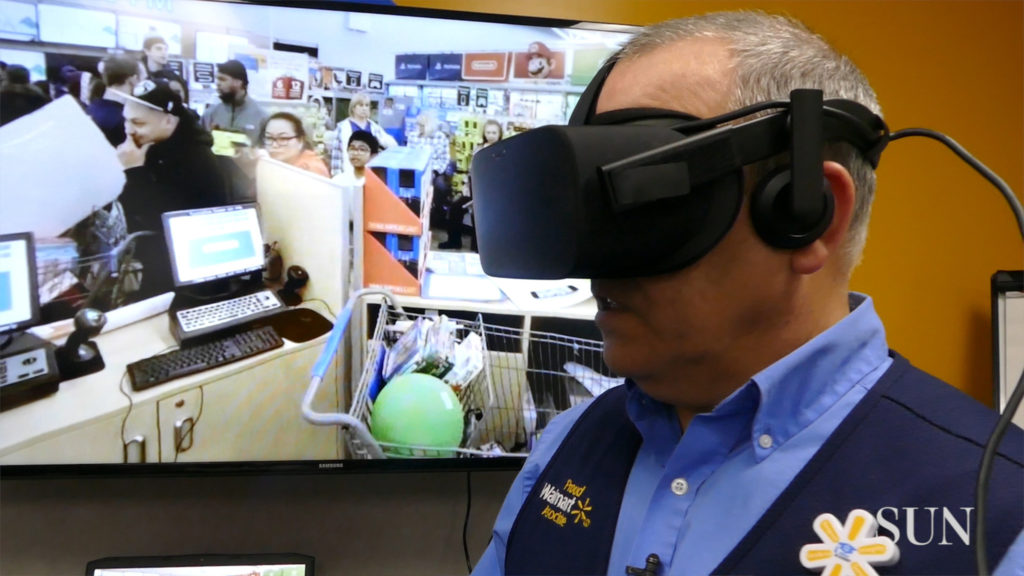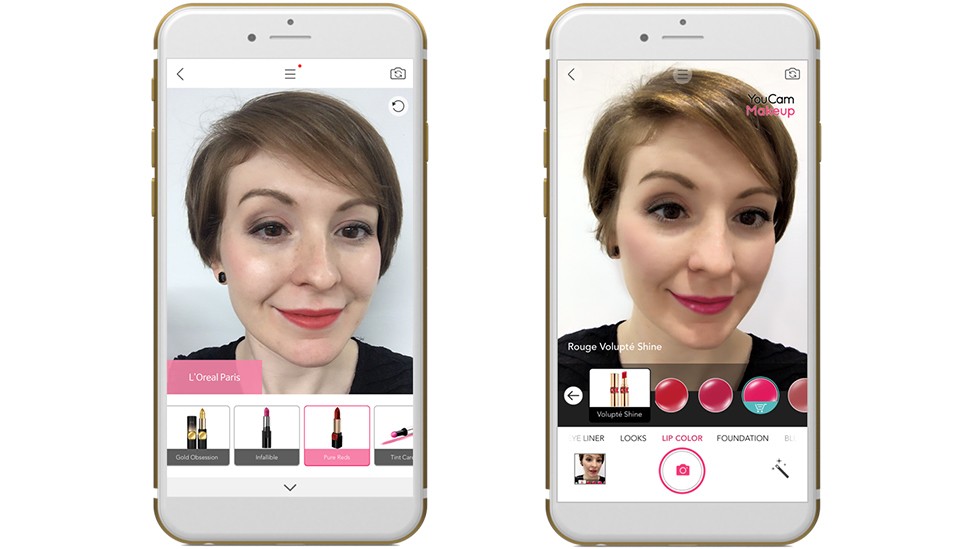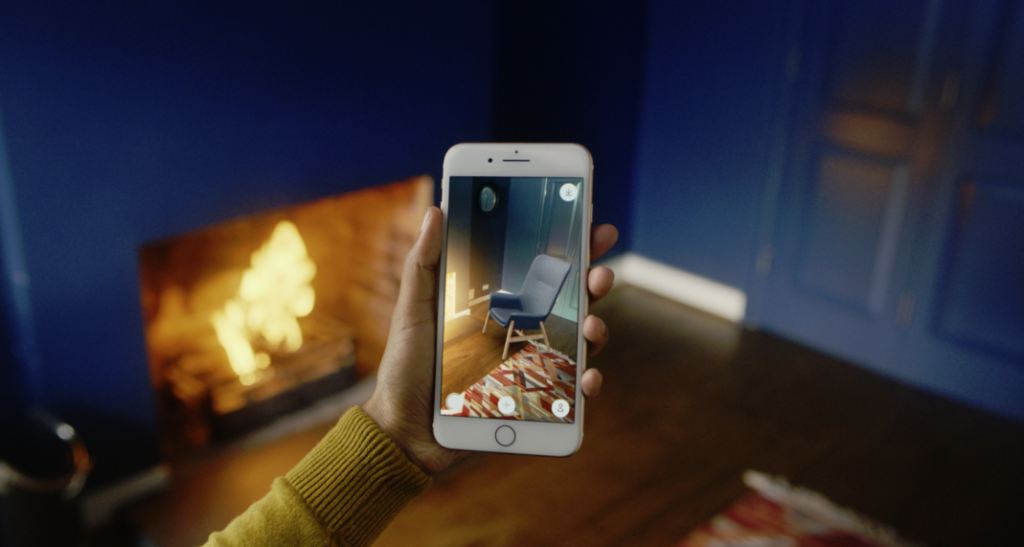Virtual Reality vs Augmented Reality: differences and applications
Defining Realities
What is the difference between augmented, and virtual reality and how can you use these tools to your benefit? Times are changing and what might be normal for generations to come, is new, exciting and confusing to some today. Technical developments determine what company or brand has an advantage over others. Therefore it is beneficial to you and your company, to understand the two biggest innovation buzzwords in the business.
We will help you understand the difference between augmented, and virtual reality. As well as provide you with examples of how market leaders explore the possibilities of these tools. Get inspired and start innovating!
VR/AR
Virtual Reality (VR) gives you the opportunity to create real-world, or imaginary environments. It implies a complete immersion whilst shutting out the physical world completely. With the use of virtual reality headsets, such as the Oculus Rift or the HTC Vive, you will be able to move around in virtual environments.
Augmented Reality (AR) on the other hand, does not shut out the physical world. Quite the opposite. Augmented reality adds digital elements and layers to a live view, often by using a smartphone camera.
The capabilities and impact of these two technologies, are almost limitless. In fact, they can help your business excel, both B2C and B2B. Have a look at the following examples of how AR and VR is used by market leaders. Seeing others utilize these tools might ignite a flame within yourself.
Virtual Reality in Practice
American retail corporation Walmart is at the forefront of innovating retail, with their Store No. 8 Tech Incubator. Walmart already uses virtual reality in their employee training process. And have now filed a patent to create virtual Walmart stores, for customers to walk through and shop in. The items that are purchased in the virtual environment are shipped to the consumer. Physically of course.
Virtual Reality is also used in B2B scenarios and internally within a lot of companies. PixelPool creates virtual stores and apparel for the biggest sports and retail brands in the world. These environments are used in the B2B sales process, to replace physical concept stores. Furthermore the virtual garments and store interiors are used to speed up communication in the design process. On top of that, our interactive Visual Merchandising App allows senior staff to design store concepts and send it out to all visual merchandisers.
Augmented Reality in Practice
In 2017, L’Oreal teamed up with augmented reality beauty app YouCam makeup. The collaboration offers makeup lovers the oppurtunity to virtually experience makeup collections from L’Oréal brands. They are able to learn more about the products and are able to virtually put on make up.
Ikea created the “Place” app in 2017, using augmented reality to empower their customers. With the app, customers are able to project furniture into their home, using their smart phone. Testing to see if the products they like, fit their interior and their living space.




